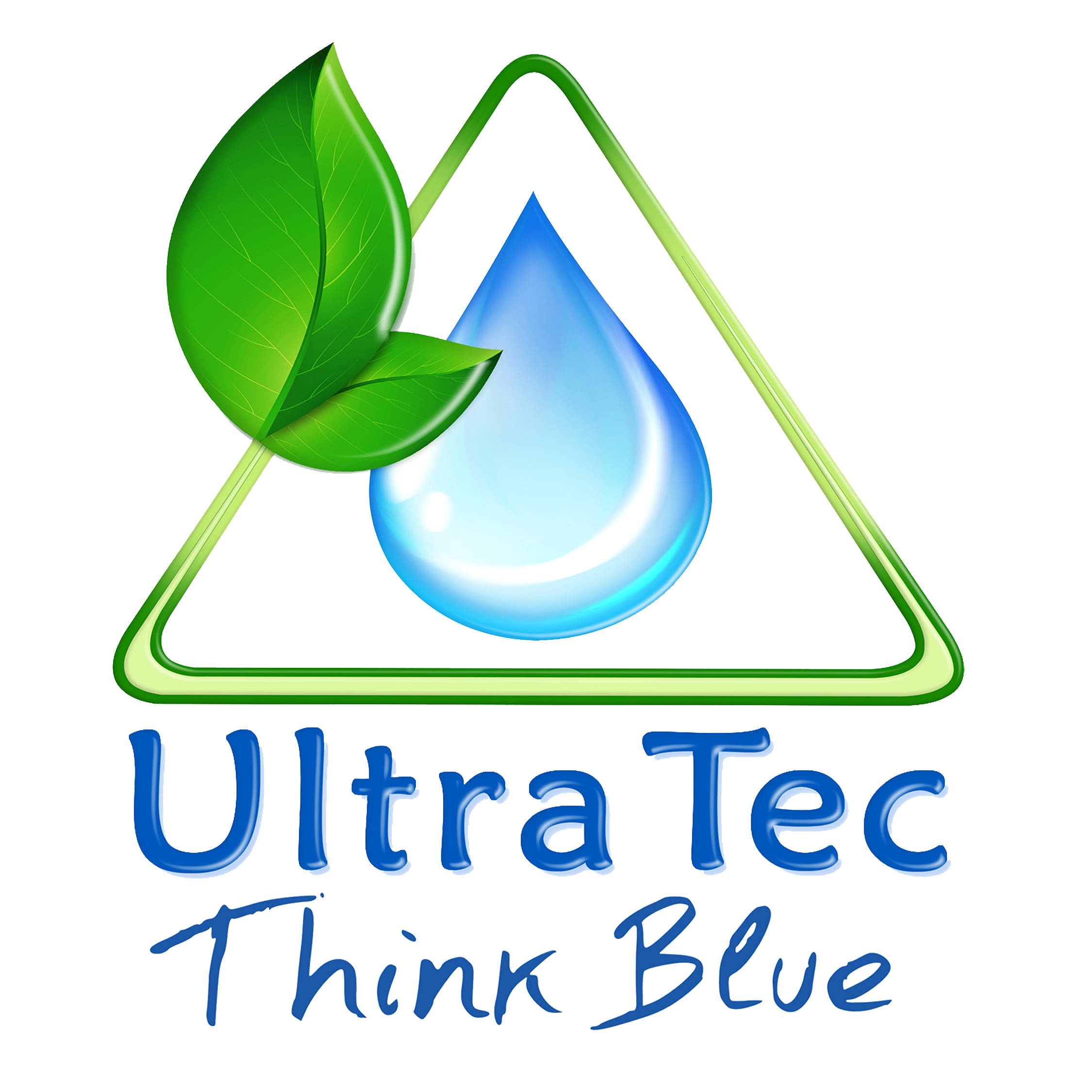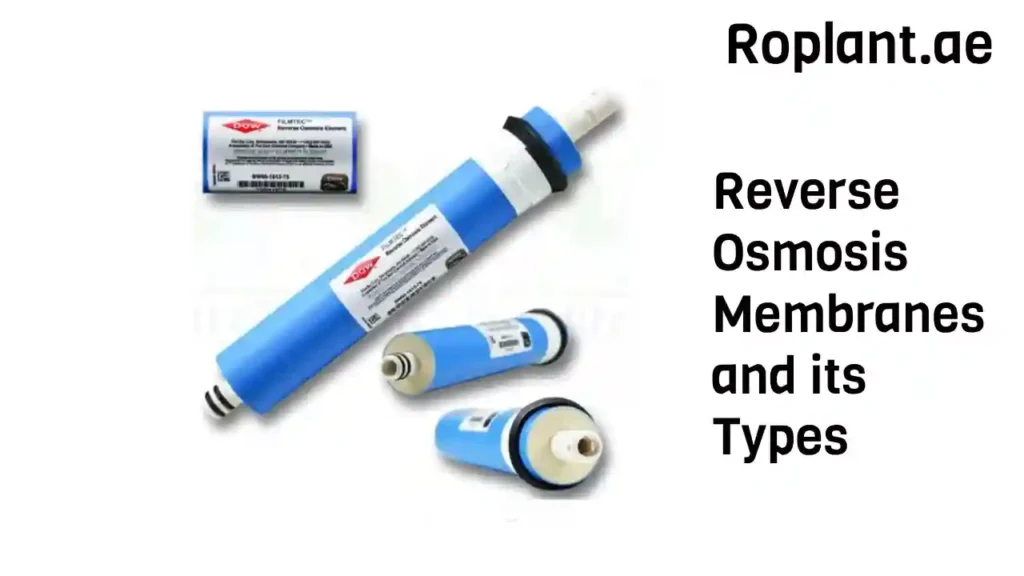Exploring Reverse Osmosis Membranes: Types and Capacities
In the world of water treatment, Reverse Osmosis (RO) membranes play a crucial role in purifying water and ensuring its safety for consumption and various industrial applications. At RO Plant Water Treatment Services, we recognize the significance of RO membranes and the importance of understanding their types and capacities. Let’s delve into this fascinating topic.
Understanding Reverse Osmosis Membranes:
Reverse Osmosis is a water purification process that uses a semi-permeable membrane to remove ions, molecules, and other impurities from water. The RO membrane acts as a barrier, allowing only water molecules to pass through while blocking contaminants.
Types of Reverse Osmosis Membranes:
- Thin-Film Composite (TFC) Membranes:
TFC membranes are the most common type used in RO systems. They consist of multiple layers, including a thin film of polyamide on a porous support layer. TFC membranes offer high rejection rates for various contaminants and are suitable for a wide range of applications.
- Cellulose Triacetate (CTA) Membranes:
CTA membranes are composed of cellulose-based materials and are known for their tolerance to chlorine and biofouling. They are often used in residential and commercial RO systems but may have lower rejection rates compared to TFC membranes.
- High Rejection (HR) Membranes:
HR membranes are designed to achieve higher rejection rates for specific contaminants, such as dissolved solids and heavy metals. They are engineered for specialized applications where stringent water quality standards must be met.
RO Membrane Capacities:
RO membranes are available in various capacities, typically measured in gallons per day (gpd). The capacity of an RO membrane refers to the amount of treated water it can produce within a 24-hour period. Here are some common capacities:
- 300 gpd (Gallons Per Day):
RO membranes with a capacity of 300 gpd are often used in residential settings, providing an ample supply of purified water for drinking, cooking, and other household activities.
- 600 gpd to 1200 gpd:
These mid-range capacities are suitable for small to medium-sized commercial applications, such as restaurants, cafes, and small businesses, where a higher volume of purified water is required.
- 2400 gpd to 5000 gpd:
RO membranes with capacities ranging from 2400 gpd to 5000 gpd are designed for larger commercial and industrial applications, including hospitals, hotels, manufacturing facilities, and water treatment plants.
Choosing the Right RO Membrane:
Selecting the appropriate RO membrane depends on factors such as water quality, flow rate requirements, space constraints, and budget considerations. At RO Plant Water Treatment Services, we offer a wide selection of high-quality RO membranes tailored to meet the unique needs of our customers.
In conclusion, Reverse Osmosis membranes are essential components of water treatment systems, providing reliable and efficient purification solutions for residential, commercial, and industrial applications. Understanding the types and capacities of RO membranes empowers consumers to make informed decisions and achieve optimal water quality.
For expert guidance on selecting and installing RO membranes for your specific requirements, contact RO Plant Water Treatment Services today. Let us help you achieve clean, safe, and pure water for your home or business.
FAQs
- What is a reverse osmosis membrane, and how does it work?
A reverse osmosis membrane is a semi-permeable barrier that removes impurities and contaminants from water by allowing water molecules to pass through while blocking larger particles and ions. This process helps produce purified water suitable for drinking and various applications.
- What are the different types of reverse osmosis membranes?
The two primary types of reverse osmosis membranes are Thin-Film Composite (TFC) membranes and Cellulose Triacetate (CTA) membranes. TFC membranes are widely used for their high rejection rates and versatility, while CTA membranes are known for their tolerance to chlorine and biofouling.
- What factors should I consider when choosing a reverse osmosis membrane?
When selecting a reverse osmosis membrane, consider factors such as water quality, flow rate requirements, space limitations, budget constraints, and the specific contaminants you need to remove. Consulting with a water treatment expert can help you make an informed decision.
- What are the capacities of reverse osmosis membranes?
Reverse osmosis membranes are available in various capacities, typically measured in gallons per day (gpd). Capacities range from 300 gpd for residential applications to 5000 gpd or higher for commercial and industrial settings, depending on the volume of purified water required.
- How often should reverse osmosis membranes be replaced?
The lifespan of reverse osmosis membranes depends on factors such as water quality, usage patterns, and maintenance practices. In general, membranes may last anywhere from 2 to 5 years before requiring replacement. Regular monitoring and maintenance can help prolong membrane life and ensure optimal performance.
- Can reverse osmosis membranes remove all contaminants from water?
Reverse osmosis membranes are highly effective at removing a wide range of contaminants, including dissolved solids, heavy metals, bacteria, viruses, and other impurities. However, certain contaminants may require additional treatment methods or specialized membranes for complete removal.
- Are reverse osmosis membranes environmentally friendly?
Reverse osmosis membranes help conserve water by producing purified water and minimizing wastewater compared to other water treatment methods. However, proper disposal of used membranes is essential to minimize environmental impact. Recycling programs and eco-friendly disposal methods are available for used membranes.
- Do ro require maintenance?
Yes, regular maintenance is essential to ensure the optimal performance and longevity of ro membranes. Maintenance tasks may include periodic cleaning, membrane flushing, replacing pre-filters and post-filters, and monitoring system pressure and flow rates.
- Can ro membranes be used for desalination?
Yes, reverse osmosis membranes are widely used for desalination applications, where they remove salt and other dissolved minerals from seawater to produce freshwater suitable for drinking, irrigation, and industrial processes.
- Where can I purchase ro membranes?
Ro are available from reputable water treatment suppliers, manufacturers, and authorized dealers. Consider factors such as product quality, warranty coverage, and customer support when choosing a supplier for your reverse osmosis membrane needs.

